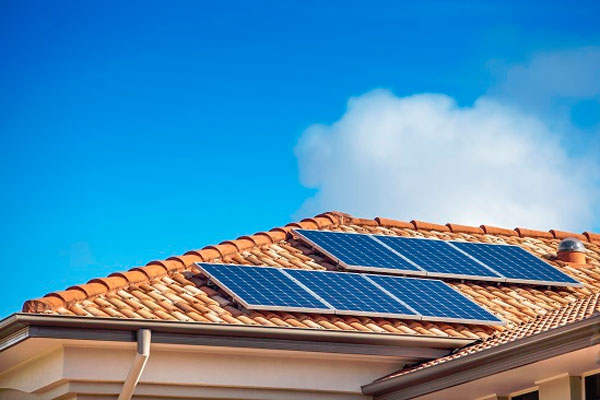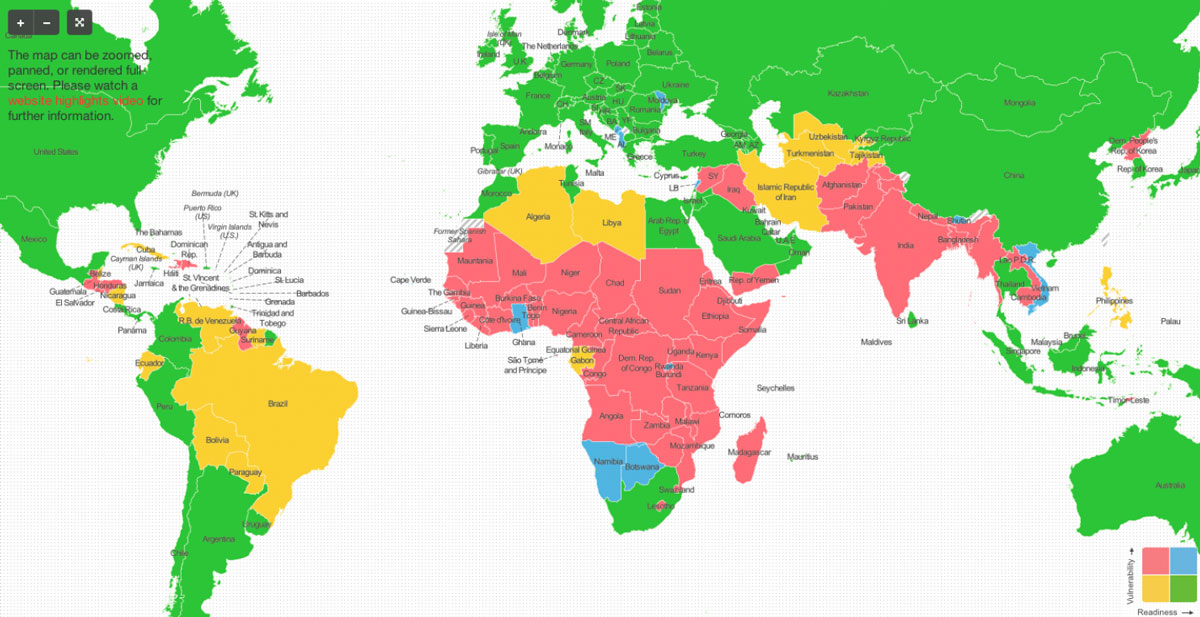I recently got dragged into an uncomfortable conversation on LinkedIn after I made a comment on a connection’s update. The update was a request for people to vote on a survey. The survey was embedded on what seemed to be a legitimate Canadian government-related web page specifically asking to vote on the choice of clean technology that could help reduce the impacts of climate change.
When I visited the web page at the time, I realized there had only been 26 votes cast and the thing is, the survey had been live for a few days. Even as I write this article 25 days later, I count only about 85 votes total, and voting is closed!
Anyway, my comment on the update was questioning work being done to ensure more Canadians see the link through inbound traffic strategies by stating that the survey creators (again, government-related) do a better job at it. To my surprise, a staff member for the solar energy industry association in Canada replied: “I wouldn’t take it too seriously, Derick.”
What’s the issue?
I could babble on about a said “issue” here, mentioning qualifications this and funding that, making this article an elaborate and lengthy essay. But then again, I believe there are more qualified and well-funded people who already do just that.
My point here is to raise a major concern which is the lack of forceful pushfulness in support for renewables. Something other sectors of energy production—notably fossil fuel—have no problem with.
The fossil fuel utility sector does not joke around and takes it seriously when it comes to their reach vs solar adoption. I recently read a Tampa Bay Times article about how utilities in Florida spent $29.3 million to limit rooftop solar.
You may have heard or read about how Florida utilities are shelling out this money to promote Amendment 1. They plan to invest heavily into Legislature in the near future if this initial plan fails.
This is not an isolated scenario—as utilities throughout the United States and Canada are fighting to push back solar or only get involved if it helps them regulate or manage electric grid distribution and delivery.
Anyway, let’s get back to my train of thought. Why does this matter?
Well, the case for using renewables such as solar energy for climate change mitigation has already been made. By harnessing the power of the sun, we can ensure the generation of clean, reliable, emissions-free electricity.
Rapid advancements and decreasing cost of solar technology are empowering individuals, and most importantly, businesses to deploy highly efficient solar power generation at a large scale. But mixed, often confusing perspectives to justify an ever increasing energy consumption and production using fossil fuels, is concerning to me.
How bad is it?
There is little I can add to the extensive knowledge that already exists in support of using renewables to mitigate climate change, but I will like to bring our attention to this eerie map from The Washington Post.
As you can see on the map, the areas in red including most of Africa and South Asia, are very vulnerable to climate change and ill-prepared to deal with its impact. The few countries in blue, including Vietnam, Ghana, Rwanda, Namibia and Botswana, are countries that are vulnerable but are relatively well equipped.
Countries in yellow are less vulnerable but also less prepared. The countries in green, which include most of the world’s developed countries, are both less vulnerable and better equipped to deal with the challenge of climate change.
Here’s the thing, most of the world’s developed countries that will feel the least effects of climate change and are also well prepared to handle it produce the highest amounts of greenhouse gasses which cause climate change. While the effect will be felt the most by regions of the world that produce a lesser amount greenhouse gas emissions.
So, of course, it’s easy to tell me to “not take it too seriously” since the effects will be minimal in Canada and the United States.
I have witnessed the effects of what can be considered a changing climate. While growing up in West Africa, I have seen two major wet and dry seasons become more intense and or sporadic.
An intense dry season means lengthy drought periods and a heavy rainy season means floods which lead to landslides, human life, vegetation and livestock destruction. This directly affects the local population who rely on agriculture for sustenance.
What is being done?
Voice of Africa published a story on an announcement by the now drought-stricken Mozambique; that it will start building its first large-scale solar plant in early 2017. The 40MW plant will deliver power to the national grid and produce energy for some 175,000 households.
A recent Independent (UK) story said the developing world is investing more in renewable energy than rich countries. Adding that in 2015, countries like China, India and even Mauritania broke records for investment in renewable energy.
So, queue the rant
I would say this, we should all take the promotion of renewables especially, solar energy—seriously. I do take it very seriously, and I don’t see the fossil fuel industry and its supporters sitting around and not taking matters that concern their bottom lines seriously.
This is a fight to mitigate climate change and most governments quickly push popular policy or work better when policy has public support. So forgive me if I don’t sit around and relax.
In Closing
I would like to end by borrowing from the new riveting documentary on climate change from Leonardo DiCaprio Before The Flood.
Support renewables as much as you can. Vote for leaders who will fight climate change by ending fossil fuel subsidies, investing in renewables, and supporting a carbon price.
I am doing my part in support of the movement to combat climate change. Are you?













Comments